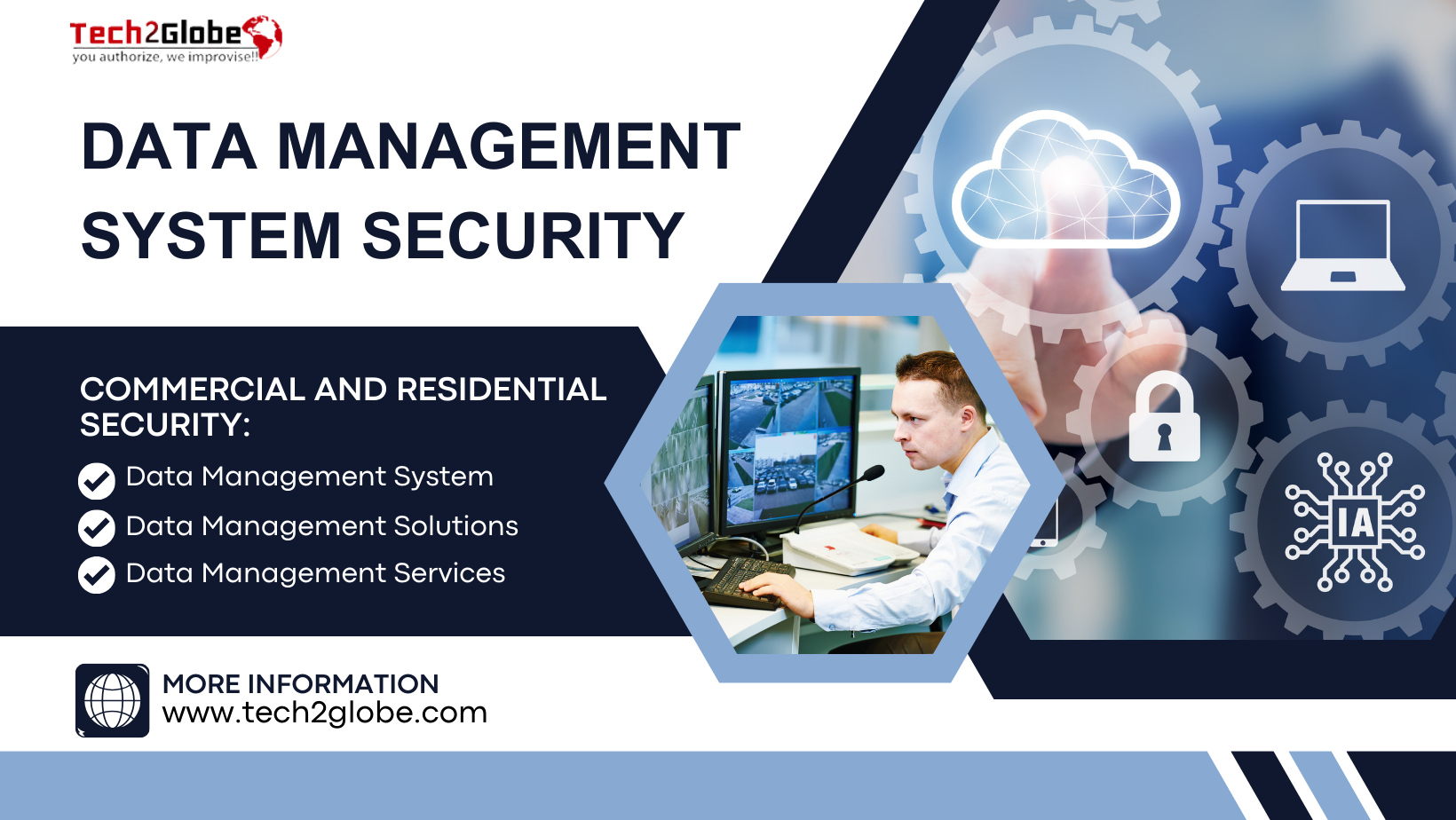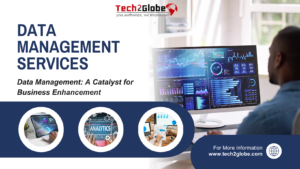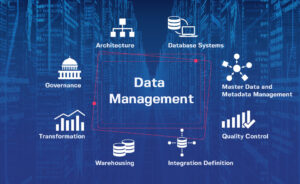Protecting something that is rightfully yours and holds significance is absolutely crucial. Furthermore, when it comes to your company data, you have to be guarded at all times. Knowing the rapid increase and severity of cyber threats and attacks, using strong data management and security best practices is more vital than ever. Any falling behind can cost you your whole enterprise.
In this blog, we’ll be discussing our top seven data security best practices, which you may use to protect your data from possible risks. This makes certain your organization is protected as well as adheres to industry standards. Apart from that, to comprehensively safeguard your data, you can get professional assistance from Tech2Globe. With our premium data management services and years of expertise you may safeguard organization’s data and databases from the very beginning.
What is Data Security?
The goal of data security is to safeguard the sensitive resources of an organization using a mix of procedures and tools. Your company’s sensitive data, whether operational or at rest, must be protected. Furthermore, safe data generation and use are other security vectors that professionals should take into account. To make your data resistant to fraud, it is effective to put in place real-time monitoring and responding fast to any suspicious events.
The Best Data Management System Security Practices
Now that you have an understanding of the subject let’s put the security strategies listed below into effect. You also need to ensure compliance with pertinent data security standards while safeguarding your company’s reputation and sensitive data.
- Identify and Categorize Your Information
To make the process of data security easy, it is important to know what data you save and where it is kept. Organizations can apply suitable security controls that match the degree of sensitivity of the data they hold by classifying the data. Moreover, data classification aids firms in following standards and regulations like the Payment Card Industry Data Security Standard (PCI DSS) and the General Data Protection Regulation (GDPR).
- Execute A Strict Password Policy
One of the most important secure data management solutions for data breaches is creating a strong password policy and following it regularly. Furthermore, businesses must monitor login behavior and set up authentication walls to get instant notifications for any unusual account access. All passwords should be at least eight characters long and comprise capital and lowercase letters, digits, and special symbols. Please update your passwords at least once every ninety days and refrain from using the same password for several accounts.
- Utilize Two-factor Authentication
Your login ID and passwords are not enough to keep you completely safe. More security is effective by multi-factor authentication (MFA). Therefore, if someone manages to get their hands on your password, they won’t be able to access another factor of verification (such as a code received to your phone). That unique one-time PIN is still required for someone to access your account, even if they know your password. This is a practice for data security since it greatly lowers the possibility of suspicious access and helps to safeguard sensitive data.
- Follow the Least Privilege Principle
There is a famous saying that goes like, “Some things are well-kept secrets.” Businesses in today’s date and age must abide by this saying. The principle of least privilege (PoLP) is an act of restricting employee access to systems and data to what is necessary for them to do their jobs to prevent data breaches. Organizations can lessen the impact of data breaches brought on by employee attrition, reorganizing positions, and social engineering assaults by routinely assessing and limiting permissions.
- Track the Access to Private Information
Any organization may have a hostile insider. 74% of firms are at least somewhat vulnerable to insider attacks, according to Cybersecurity Insiders’ 2023 Insider Threat Report.
Monitoring access to sensitive data involves tracking who has accessed it, when, and from where using audit trails and access logs. Keeping track of who has access to your data is not just a good idea but also necessary. Like a watchful guard dog, access monitoring detects unwanted attempts before they breach your defenses. This quick response to security problems ensures that your cloud data is protected.
However, the advantages go beyond simple prevention. Consider access controls a collection of digital locks that protect sensitive information. If someone attempts to pick such locks, the alarm (your monitoring system) will immediately notify security staff. This safeguards your data and confirms compliance with essential rules such as HIPAA and GDPR, sparing you from costly penalties. Access monitoring is your vigilant guardian, steadfast compliance officer, and, ultimately, your closest friend in the fight for protected data.
- Simplify Incident Response Procedure
Every data breach is a harm to the company and its resources. However, not all the cyberattacks are similar. Thus, enterprises must have a well-tested incident response plan (IRP) in place to shorten the time between discovering and reacting to data breaches. Every detected threat or breach should have a distinct set of protocols that should also specify roles and duties for important employees, like CEOs and IT staff. Moreover, you can take into account other variables, such as cooperation with law enforcement or outside vendors, to achieve the best results.
- Ensure Physical Protection
Physical security measures are another great contributor to data security, which people often ignore. You may stop data theft by safeguarding server rooms with locks, alarms, and cameras. Furthermore, you should also lock your workstations when you leave. Setting a BIOS (basic input or output system) password is another advised best practice for data security since it will help keep hackers out of your operating system.
Final Words
Best practices for data and data management system security go beyond the set of safety measures. On the ground level, businesses can do things like maintaining consistent backups of all data, implementing secure password policies, and encrypting data both in transit and at rest.
However, cybersecurity isn’t about getting rid of every threat since it’s not possible. Having a plan of action to solve those issues is also equally important. Moreover, you can significantly reduce risks by implementing the appropriate security measures. Additionally, you can direct your data concerns to professionals who will take you on a path of secure data-generating and storing practices.









